-
Car Reviews
- All reviews
- Midsize SUVs
- Small cars
- Utes
- Small SUVs
- Large SUVs
- Large cars
- Sports SUVs
- Sports cars
- Vans
Latest reviews
- Car News
-
Car Comparisons
Latest comparisons
- Chasing Deals
Part of a fresh breed of plug-in hybrid family cars, the Haval H6 GT PHEV has its eyes on Outlander and Sealion 6, but does it succeed?
The GWM Haval H6 GT PHEV is part of a new breed of Chinese plug-in hybrid SUVs that promise the world. With 180km of NEDC-rated electric driving range, a 0.8L/100km fuel consumption sticker, and a 1.5-litre petrol engine to back you up when the electrons run dry.
Following up on early adopter Mitsubishi Outlander’s recipe, the Haval H6 GT PHEV packages five seats into the apparently eco-friendly SUV with its Porsche Cayenne Coupe-like shape.
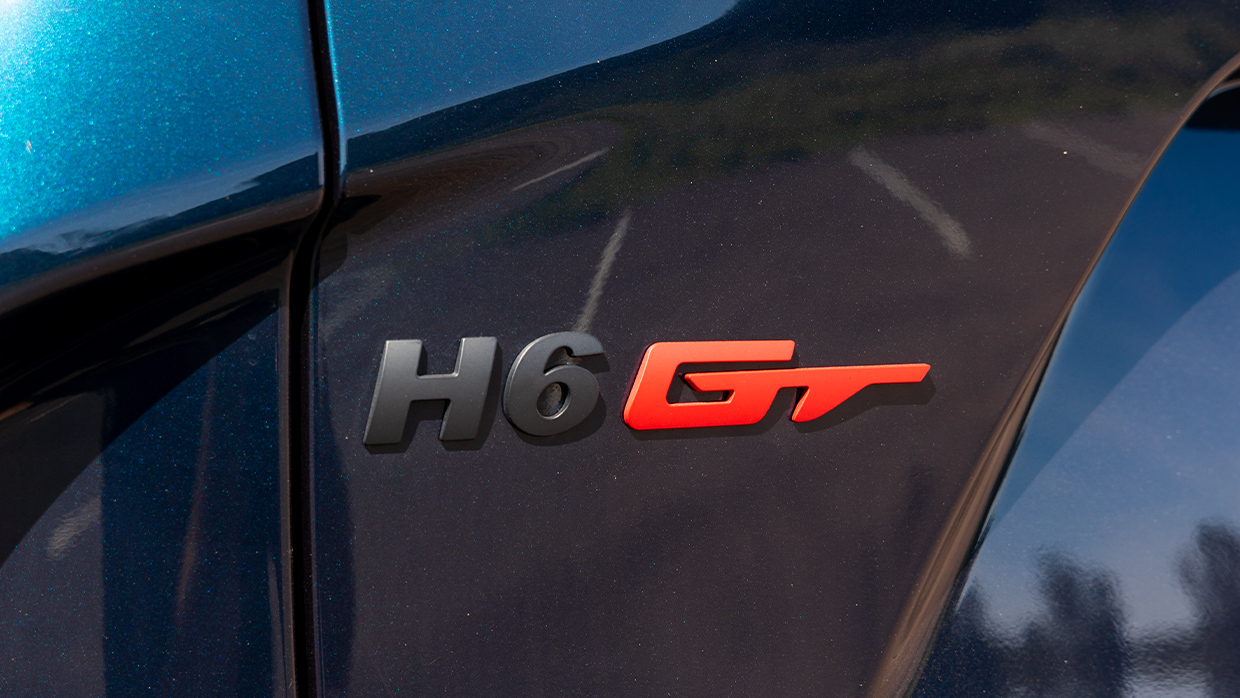
The H6 GT PHEV was pipped by the BYD Sealion 6, another plug-in rival from China, and the floodgates look set to open starting with the Jaecoo J7 and facelifted non-coupe Haval H6 later this year, followed by a similar variant of the new Leapmotor C10.
Think of the H6 GT as the first toe in the water for Haval, then. A good place to start as the more adventurously styled mid-sizer has found reasonable success, accounting for about a third of H6 sales in Australia.
Finished in a rather deep shade of Atlantis Blue — adventurous and worth it — the H6 GT may very well be to some people’s tastes. Not ours, though.
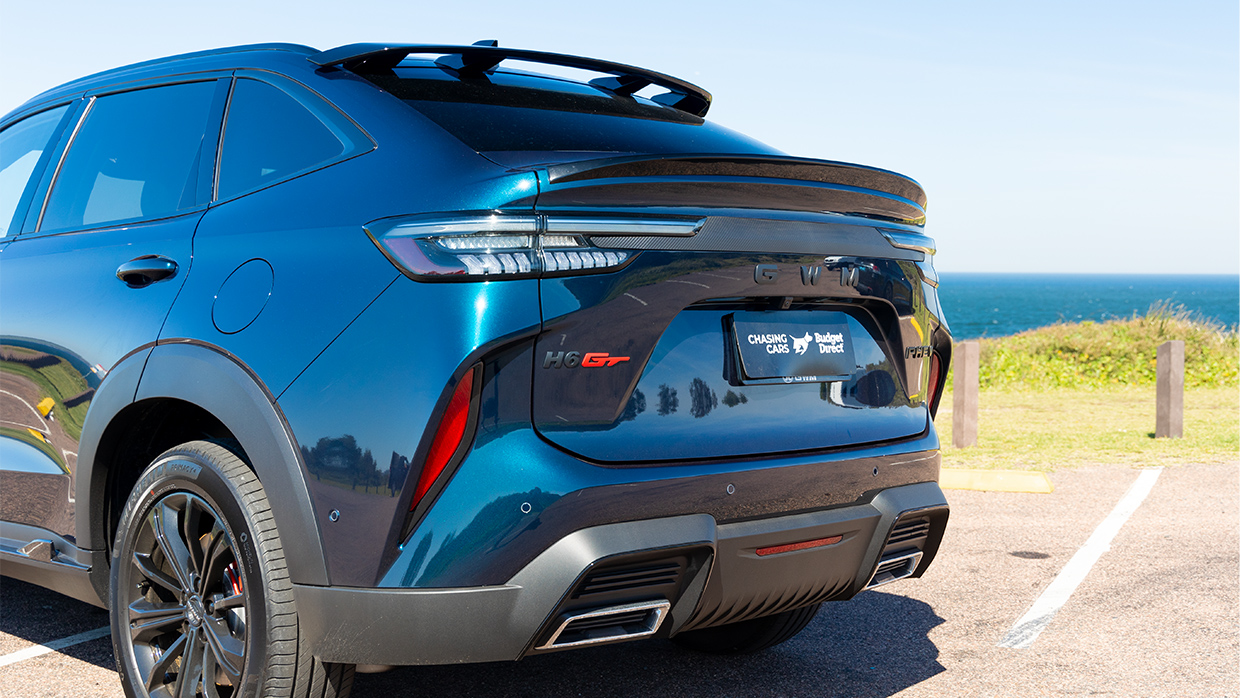
The big issue isn’t the silhouette, but the fussy details such as that wiggly roof spoiler, the overly busy rear diffuser and those 2000s (Max Power/Sex Spec)-style clear taillights.
Despite the H6 GT’s outgoing appearance, the price for its sole variant trim — called Ultra — is more than agreeable at $53,990 driveaway, handily undercutting the BYD Sealion 6 Premium ($52,990, before on-road costs) and Mitsubishi Outlander Aspire PHEV which is about $70K on the road.
A new entrant, the Jaecoo J7 PHEV, is cheaper again at $47,990 on-the-road, but it makes do with just front-wheel drive. With the Haval only available in one trim, it’s loaded up with everything GWM’s got.
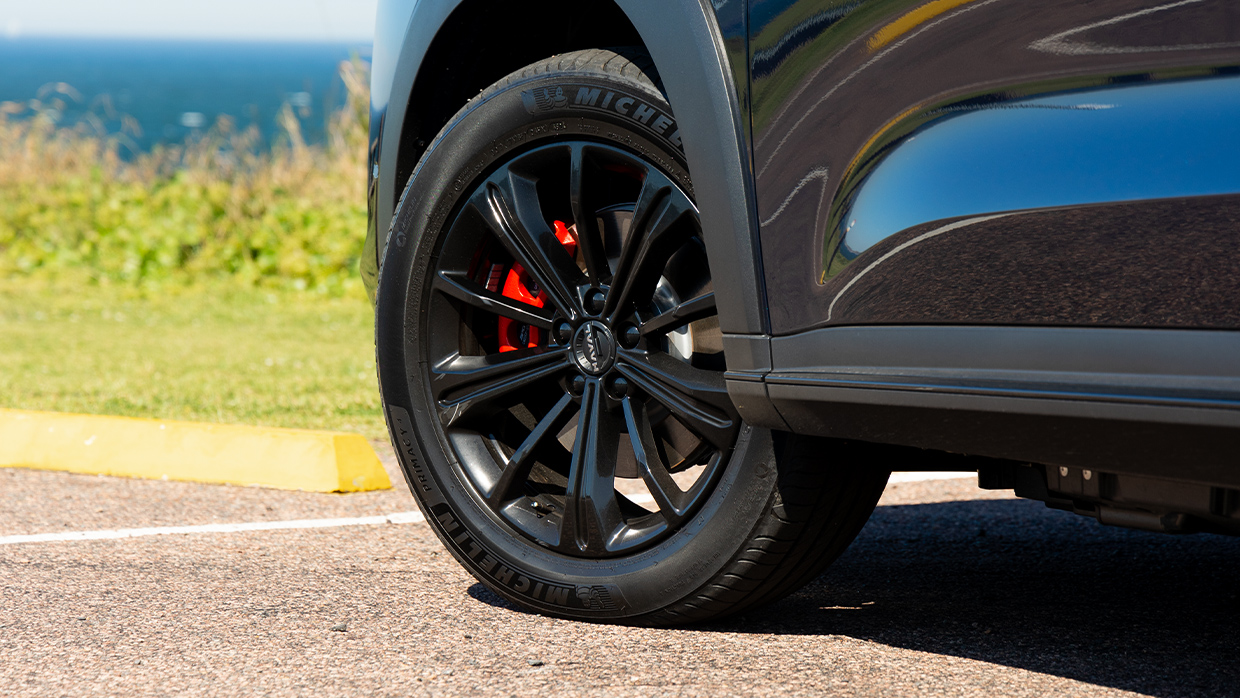
The H6 GT PHEV feature highlights include:
First thing’s first, we have to tackle the outputs. GWM’s literature says a huge 321kW and 762Nm; more than really rather quick cars like an Audi RS3. The Haval H6 GT PHEV’s claimed 0-100km/h sprint is a stunning 4.9 seconds — equalling the smaller Cupra Formentor VZx.
In practice, the H6 GT PHEV feels less punchy than its heroic numbers suggest. That may be down to the PHEV’s 395kg weight penalty (2075kg) over the petrol version, but the powertrain’s unique plug-in set-up also contributes to the way the car responds.
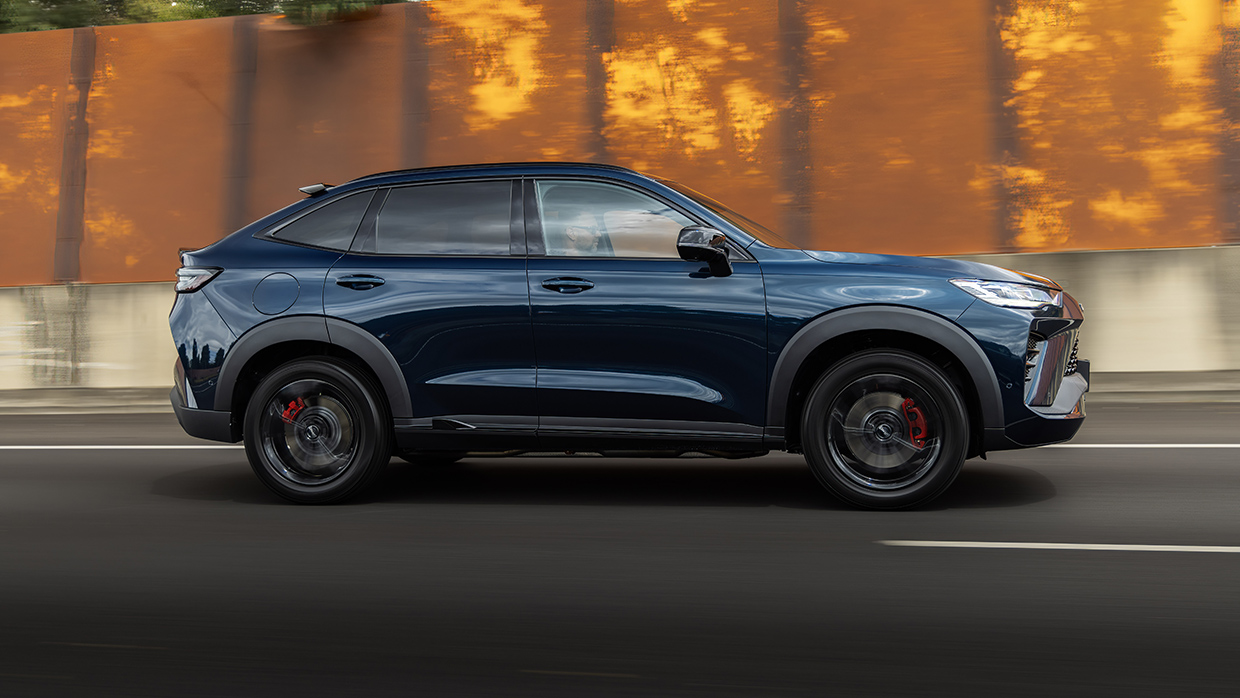
Up front, the petrol engine and electric motor work together to drive the front wheels through a two-speed transaxle, as in the regular H6 hybrid. Out the back, the 135kW rear motor runs its own race with a two-speed transmission. There’s no driveshaft connecting the front and rear axles in GWM’s Hi4T system.
Plus, because Haval’s focused on making the bulk of the power with electric motors — the petrol engine is a 110kW/230Nm turbo-petrol 1.5L four-cylinder — response is affected by drive mode, battery state-of-charge and the speed you’re travelling.
The H6 GT PHEV can charge its battery using regenerative braking. A pseudo one-pedal mode means that you can drive most of the time without pressing the left pedal but it isn’t as natural as a battery electric car. The brake pedal’s blending of regen’ and caliper braking is a little clumsy, too.
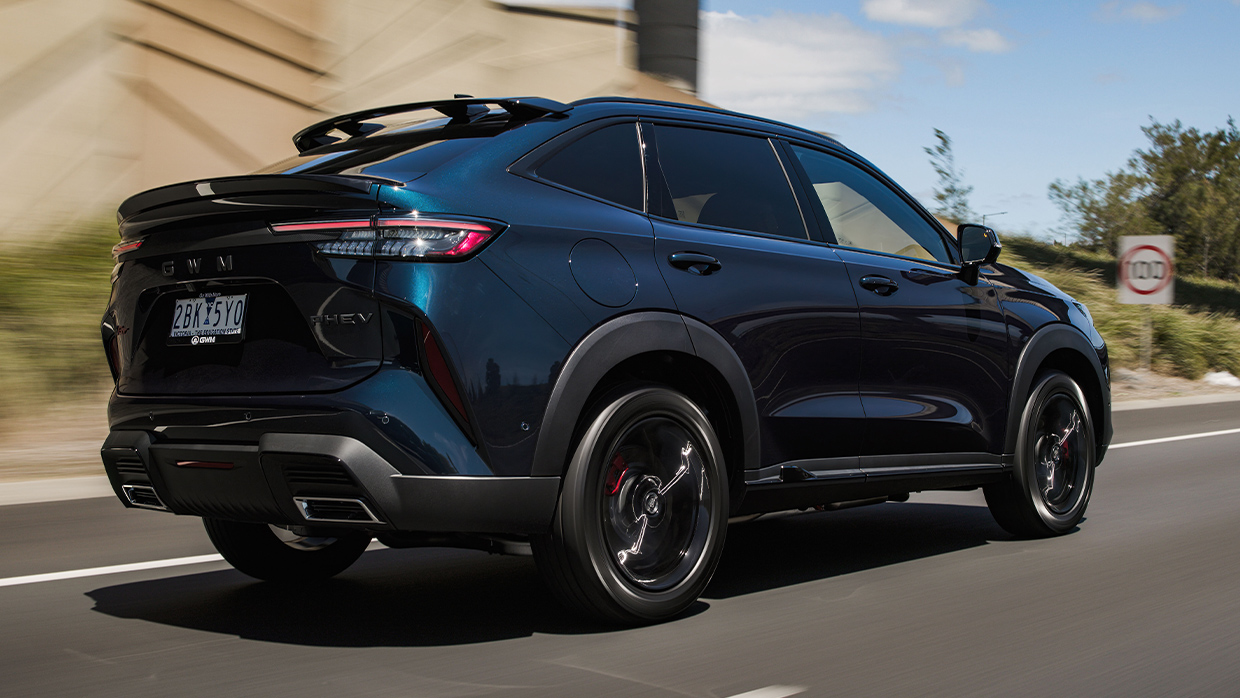
Back to the weight and you can feel the H6 is battling its extra kegs. Although down low, you can’t escape how mass affects crucial elements like ride and handling. The PHEV has a stiffer edge than its petrol counterpart and, especially at the rear, never seems to settle on small bumps.
Larger hits like speed-humps and depressions are cleared remarkably well, albeit with audible clunks from the suspension working away.
Similarly, the H6 GT PHEV is a capable handler with reasonable enough grip from its Michelin Primacy 4 tyres and safe, gentle understeer at the limit. Sadly, although nicely weighted, the electric power-assisted steering system is entirely uncommunicative.
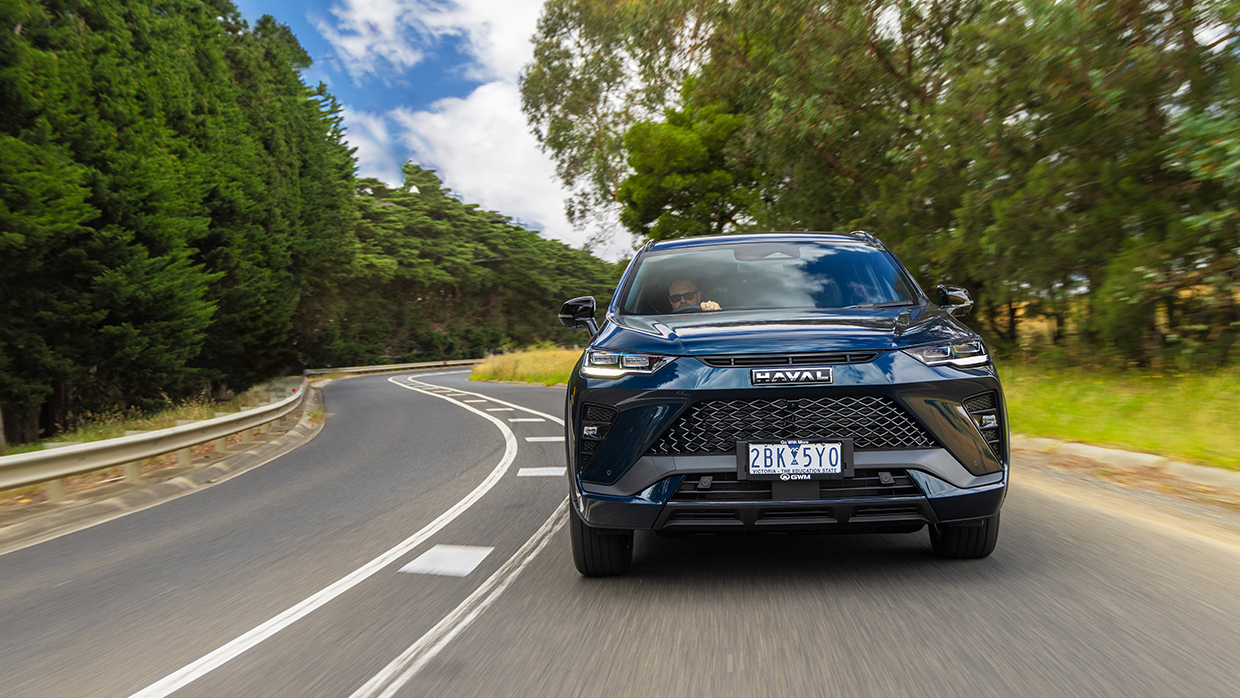
Weight can be added to the wheel by selecting Sport mode, but doing so is a faff through the touchscreen that — oddly — also flashes the hazard lights three times.
As one of the first Chinese car makers to go big in Australia, the H6 GT was an early example of a Range Rover Evoque-inspired cabin with steering wheel and floating touchscreen above the dash. This now seems to be ubiquitous, just look at the Jaecoo J7.
In H6 GT Ultra trim, the PHEV retains the same hardware and layout today, and with the sheer speed of touchscreen size growth, is a little old hat. Not just visually, but the 12.3-inch multimedia screen has more content than it knows how to handle.
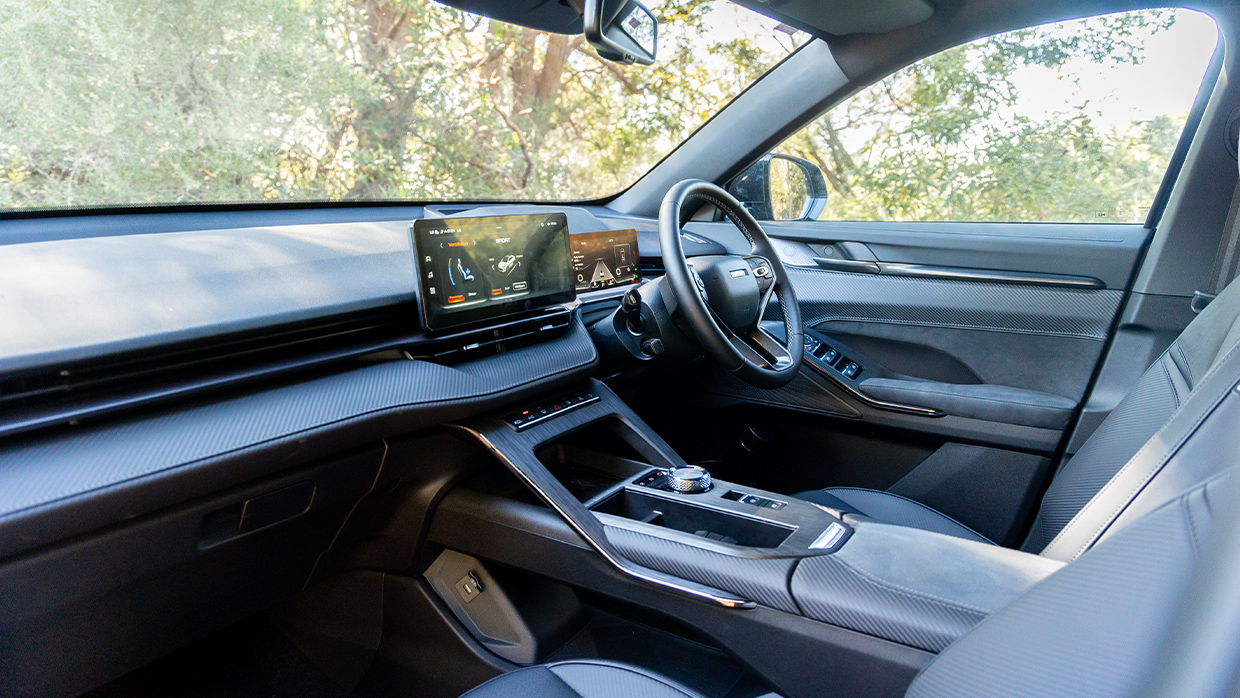
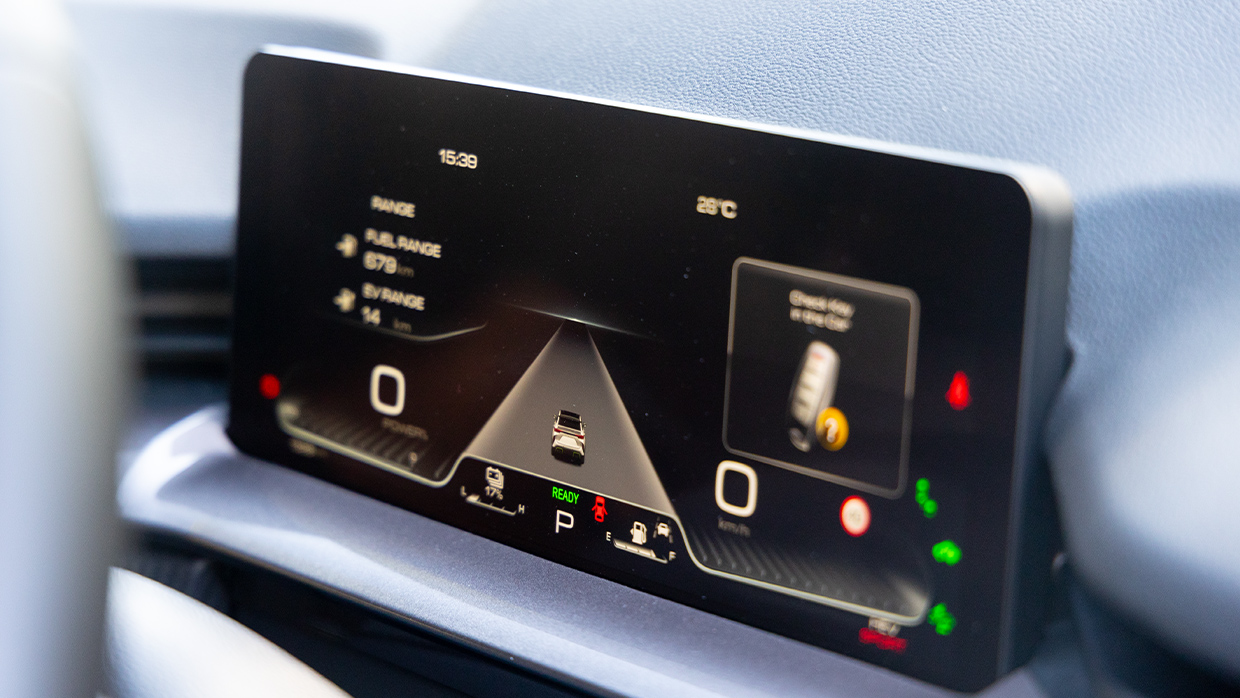
From Apple CarPlay and Android Auto (cabled only, via regular USB on passenger’s side of the centre console) to the climate controls, vehicle settings, volume control, drive modes, seat heating and ventilation, you’re constantly tapping forwards and back. Doesn’t help there’s lag in the software, either.
Trying to find the ventilated seat adjustment is a total pain as well, and the auto programming of the HVAC/seat/steering wheel temperature control just isn’t good enough to trust.
There are some pseudo-helpful pull-down menus — that you wouldn’t know about unless you accidentally touched the wrong spot — but they’re still overwhelming. Voice command worked quite well, at least, for particularly tricky functions like, erm, opening the sunroof blind.
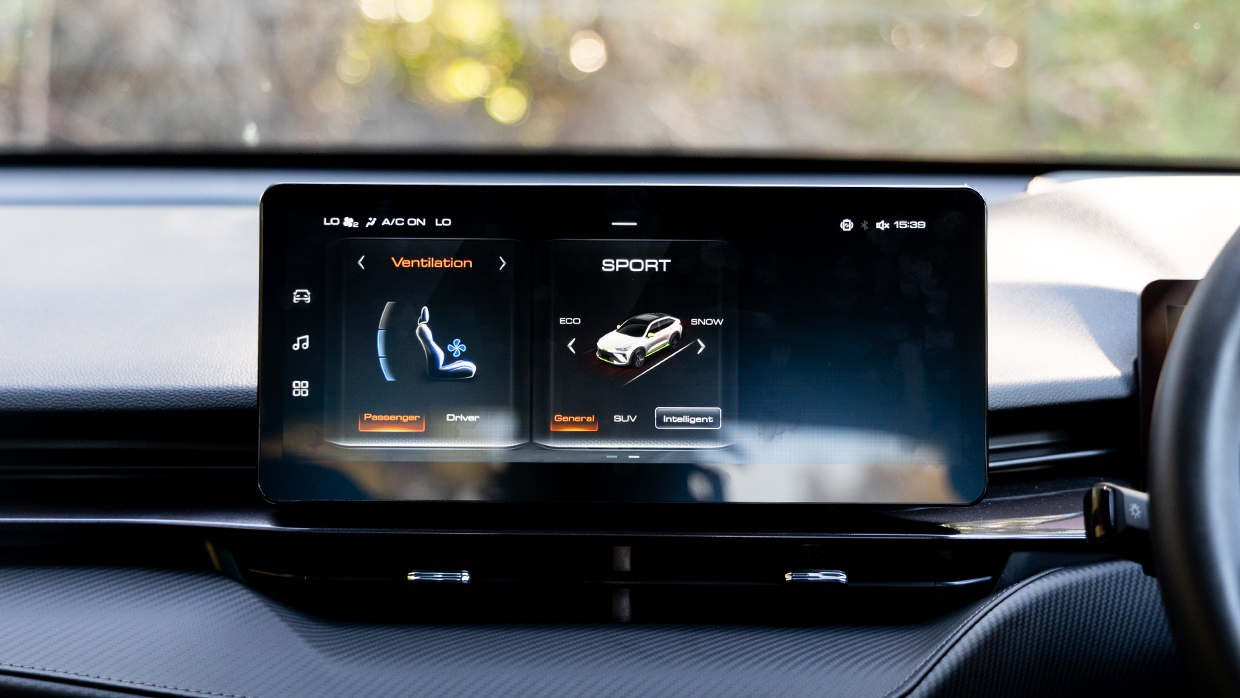
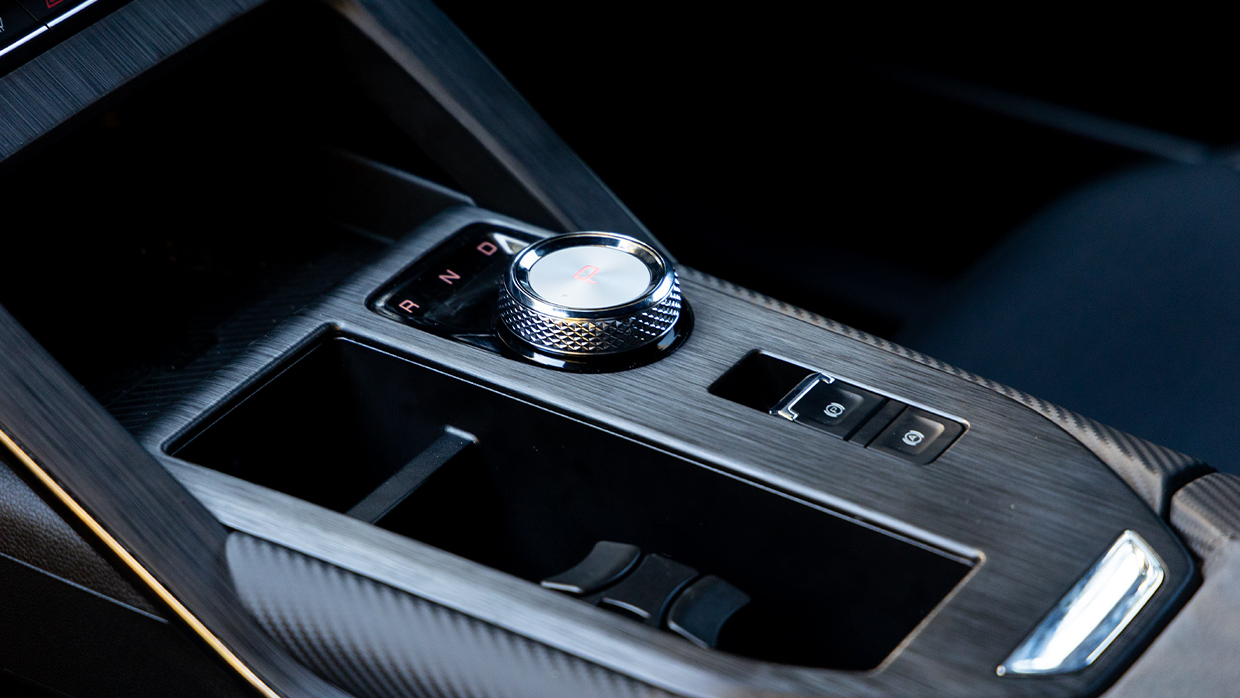
Storage is good, though, with a flying centre console that opens up space for tissue boxes and small bags below. Door bins accept a 600mL bottle and there’s covered storage under the centre armrest.
Seats have long been a shortcoming of the H6 line-up with insufficient under-thigh support and plasticky upholstery. There was a distinct mothball-like odour in the H6’s cabin, too. Still, it’s impossible to deny the sheer level of equipment on offer.
And the H6 GT PHEV is practical, the floor unaltered by the large battery beneath. Room is generous for adults and it’s a wide space, though the squab suffers the same under-thigh issues as the front seats.
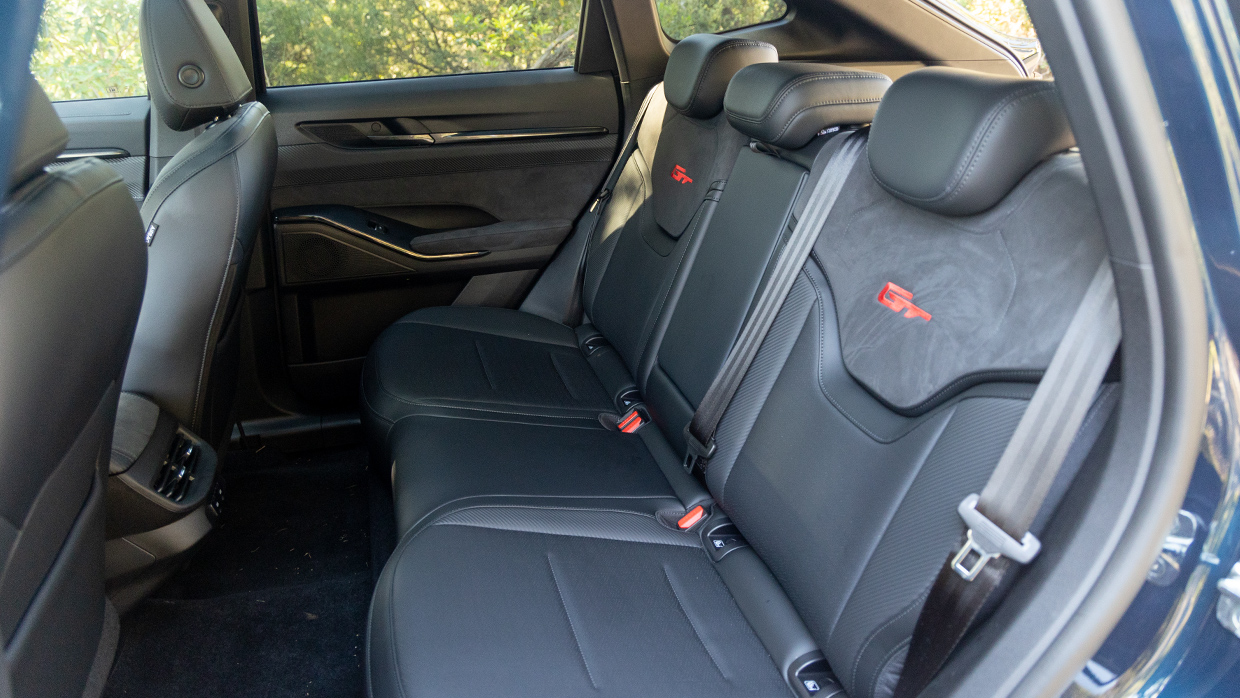
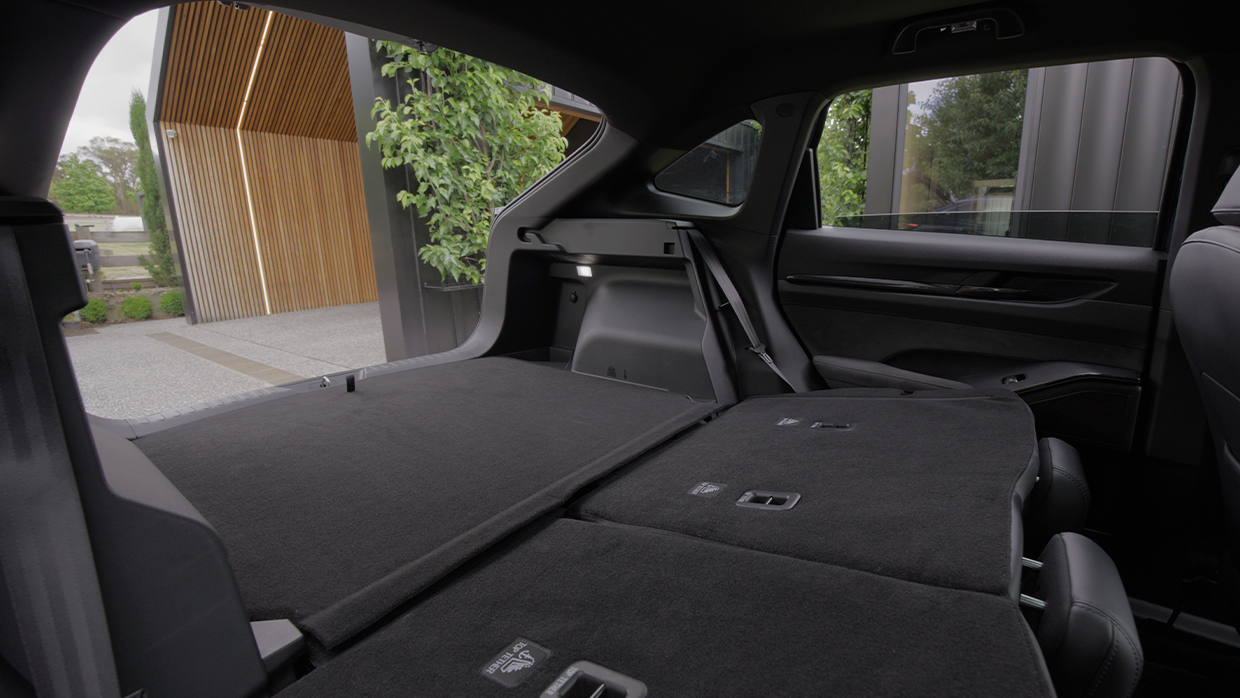
A pair of air vents and two more USB charge points are some nice creature comforts. The H6 GT PHEV has Isofix ports on the outboard seats and a trio of top tether anchor points on the seat back.
That sloping roof and high boot floor (to aid packaging the AWD hardware) don’t aid the H6 GT’s practicality, revealing a piddly (for its 4727mm length) 392-litre boot. For context, a standard H6 has a 600L boot. The battery gubbins also rob the PHEV of a spare tyre, and there are no other niceties in the H6 GT PHEV’s boot.
With an adapter, the plug-in hybrid battery can be used in vehicle-to-load (V2L) applications, powering devices up to 3.3kW.
The Haval H6 wagon was awarded a five-star ANCAP score against 2022 criteria, leaving the GT technically unrated.
Some of the latest technologies, including speed sign recognition and driver fatigue monitoring feature, along with the usual suite (see below) we’ve come to expect. Mostly, the H6 GT’s aids are acceptable though the lane-keep assist is more of a hindrance than a help, and the adaptive cruise control makes heavy inputs.
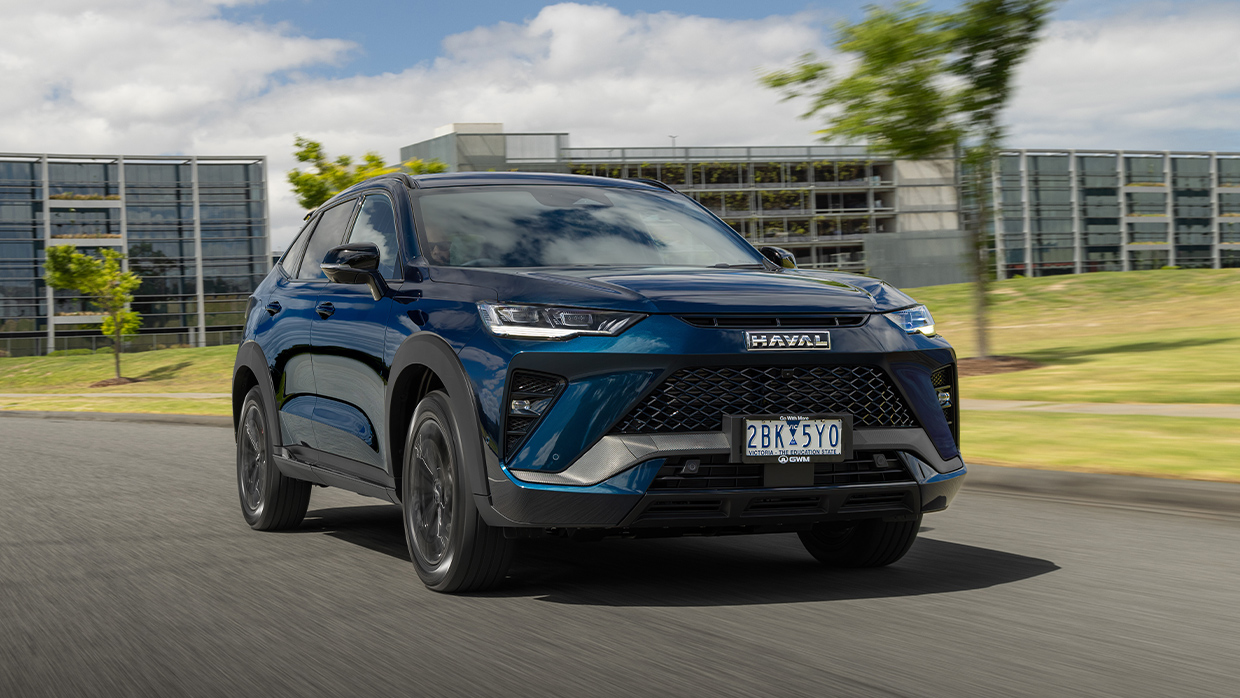
The H6 GT PHEV safety features include:
The NEDC-based fuel consumption ratings are problematic and give little insight into the real-world energy use of plug-in hybrids. This car is a great example, because the catch-all claimed figure for the Haval H6 GT PHEV is a stunning 0.8L/100km, with 180km of electric-only range.
For a better idea on a longer run, we took the H6 GT PHEV on a mixed 200km loop, comprising urban, country and motorway driving and left the car to figure out how to best deploy energy sources.
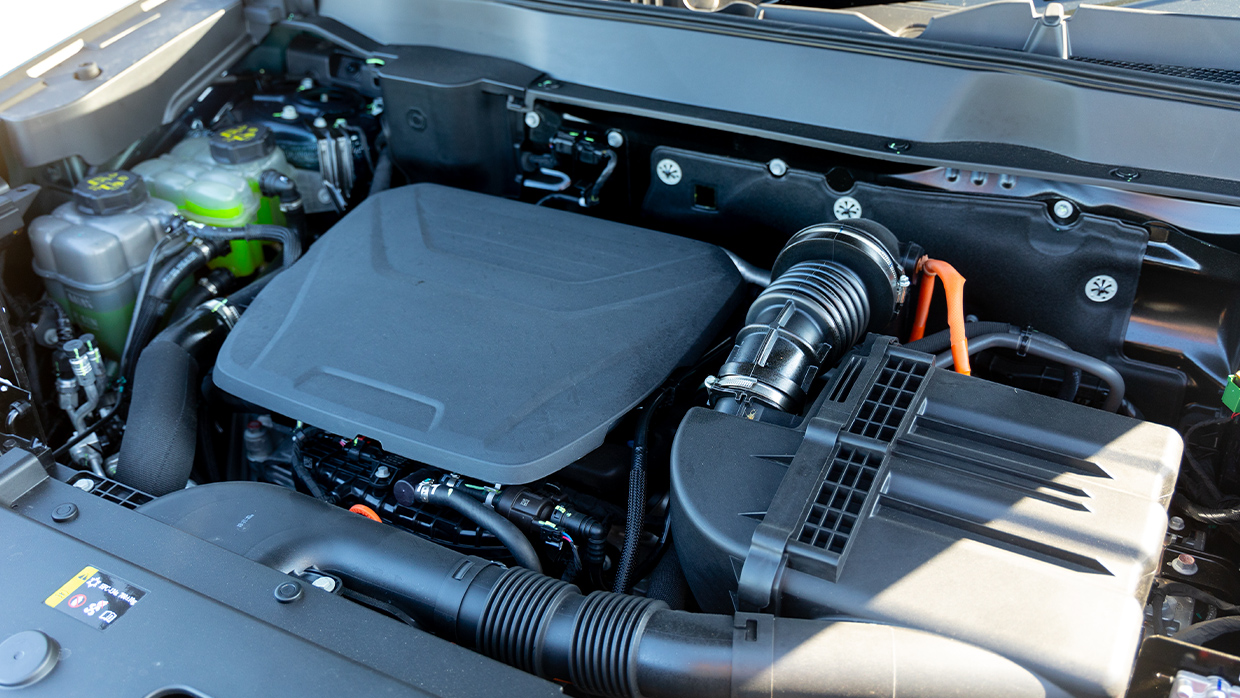
The result was 3.4L/100km; probably more representative for someone who can charge a vehicle like this once a week. Driving around with the battery discharged saw this climb quickly to 5.4L/100km.
To motivate this two-tonne SUV at 110km/h on the motorway, the 1.5-litre petrol engine is working its absolute heart out and drinking 9.5L/100km in the process, so expect higher consumption on long trips.
Conversely, we found the Haval H6 GT PHEV’s electric-only range to be pretty impressive; expect closer to 150km than 180km but that’s still comparable to early electric cars like the Nissan Leaf and BMW i3.
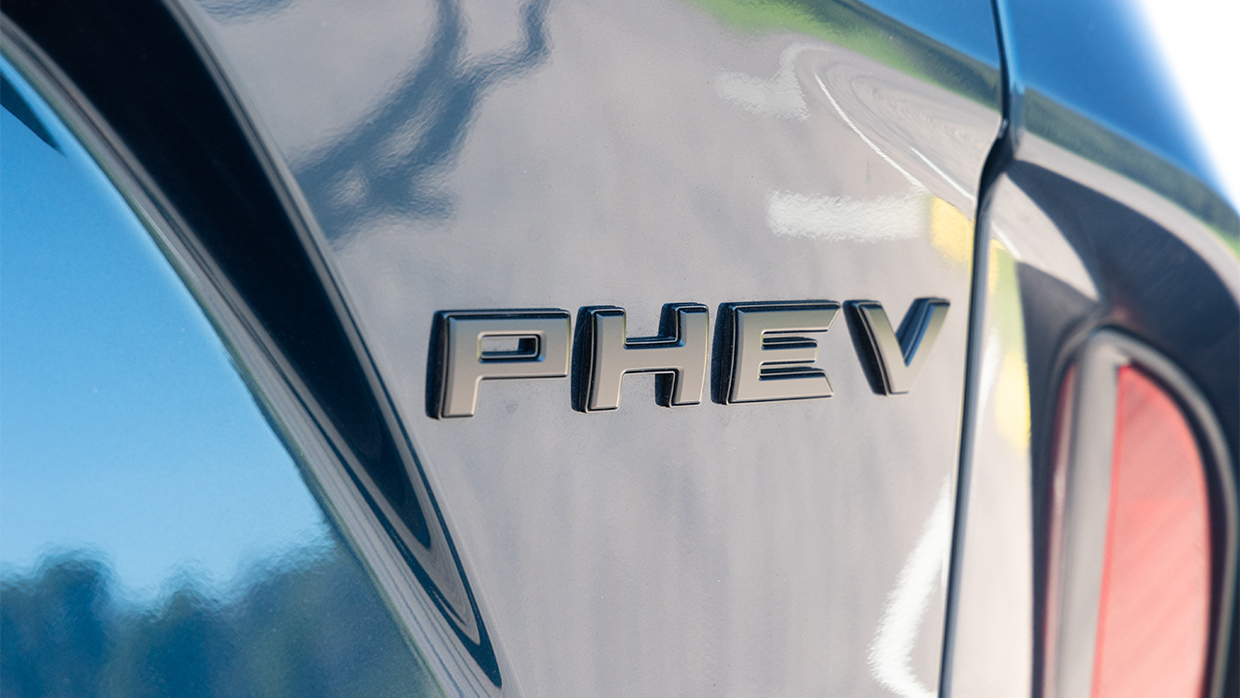
Combined EV and ICE driving range should be around 1000km thanks to the H6 GT PHEV’s generous 55L fuel tank.
The H6 GT PHEV has fast-charge ability, maxing out at 48kW DC, it can take the 35.4kWh battery from 30-80 percent SOC in 26 minutes. Using AC electricity, the rate is 6.6kW and a full rejuice takes around six hours.
GWM offers compelling after-sales support including a seven-year/unlimited kilometre warranty. MG and Nissan promote 10-year warranties, but both are kilometre limited and the Nissan stipulates servicing at a main dealer.
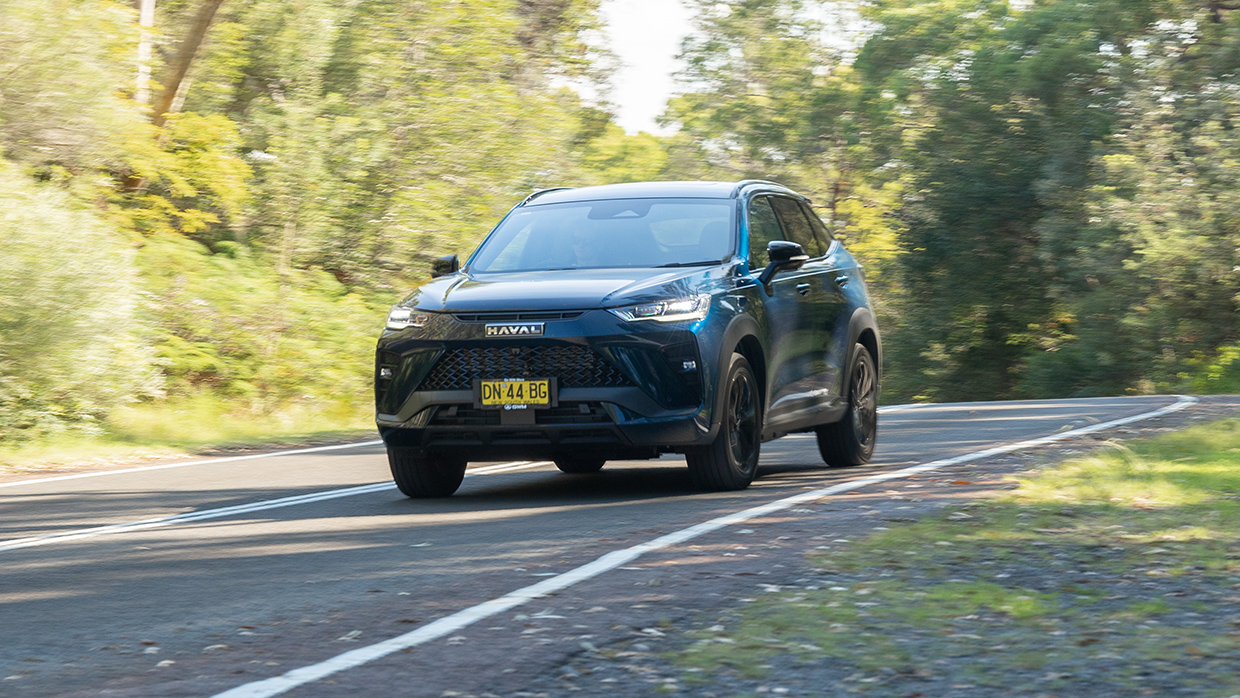
The H6 GT PHEV comes with five years of roadside assist and five years of capped price servicing — though pricing is yet to be locked in for the latter.
The petrol H6 GT requires maintenance first after 12 months/10,000km, and theme every year or 15,000km at a total cost of $2080 for five years, or an average of $416 annually.
If you can score a cracking deal and like the looks, the H6 GT PHEV offers a slice of visual difference, especially in Atlantis Blue like this car.
Electric-only driving range is superb, too, so if you keep it charged by finding cheap electricity the H6 GT will save you plenty of cash on petrol. Conversely, if you’re not charging disciplined or like a long drive, it’s worse than a regular hybrid.
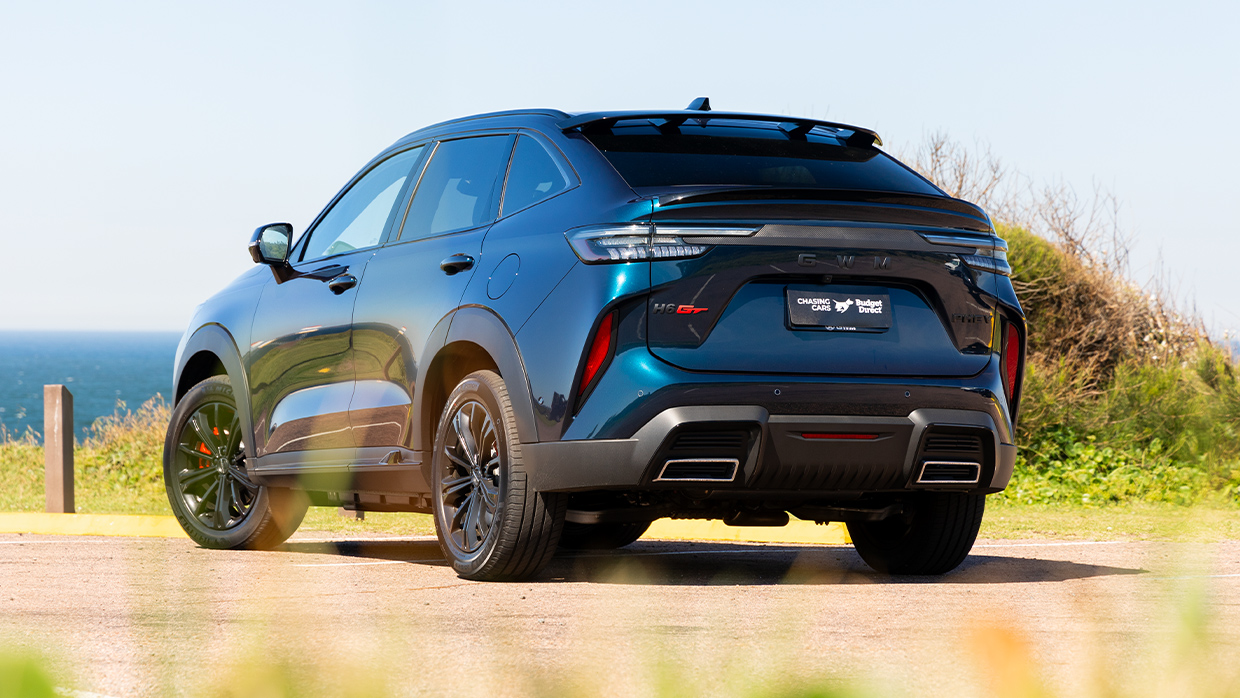
There’s work to do on personality, too. The H6 GT PHEV doesn’t have a discernible character and, with this styling, it should. Perhaps newly-employed chassis guru Rob Trubiani can help knock the H6 GT into something exciting to drive.
Our tip is to wait for the facelifted GWM Haval H6 plug-in. Its cabin is much-improved for both useability and practicalities, the wagon version has a bigger boot. Improvements to ride and handling on the way; if this gets matched with great value then watch out, BYD Sealion 6.
Key specs (as tested)
About Chasing cars
Chasing Cars reviews are 100% independent.
Because we are powered by Budget Direct Insurance, we don’t receive advertising or sales revenue from car manufacturers.
We’re truly independent – giving you Australia’s best car reviews.
The estimate provided does not take into account your personal circumstances but is intended to give a general indication of the cost of insurance, in order to obtain a complete quote, please visit www.budgetdirect.com.au. Estimate includes 15%^ online discount.
^Conditions Apply
Budget Direct Insurance arranged by Auto & General Services Pty Ltd ACN 003 617 909(AGS) AFSL 241 411, for and on behalf of the insurer, Auto & General Insurance Company Limited(ABN 42 111 586 353, AFSL 285 571).Because we don’t know your financial needs, we can’t advise you if this insurance will suit you. You should consider your needs and the Product Disclosure Statement before making a decision to buy insurance. Terms and conditions apply.
Indicative quote based on assumptions including postcode , 40 year old male with no offences, licence suspensions or claims in the last 5 years, a NCD Rating 1 and no younger drivers listed. White car, driven up to 10,000kms a year, unfinanced, with no modifications, factory options and/or non-standard accessories, private use only and garaged at night.
^Online Discounts Terms & Conditions
1. Discounts apply to the premium paid for a new Budget Direct Gold Comprehensive Car Insurance, Third Party Property Only or Third Party Property, Fire & Theft Insurance policy initiated online on or after 29 March 2017. Discounts do not apply to optional Roadside Assistance.
2. Discounts do not apply to any renewal offer of insurance.
3. Discounts only apply to the insurance portion of the premium. Discounts are applied before government charges, taxes, levies and fees, including instalment processing fees (as applicable). The full extent of discounts may therefore be impacted.
4. We reserve the right to change the offer without notice.